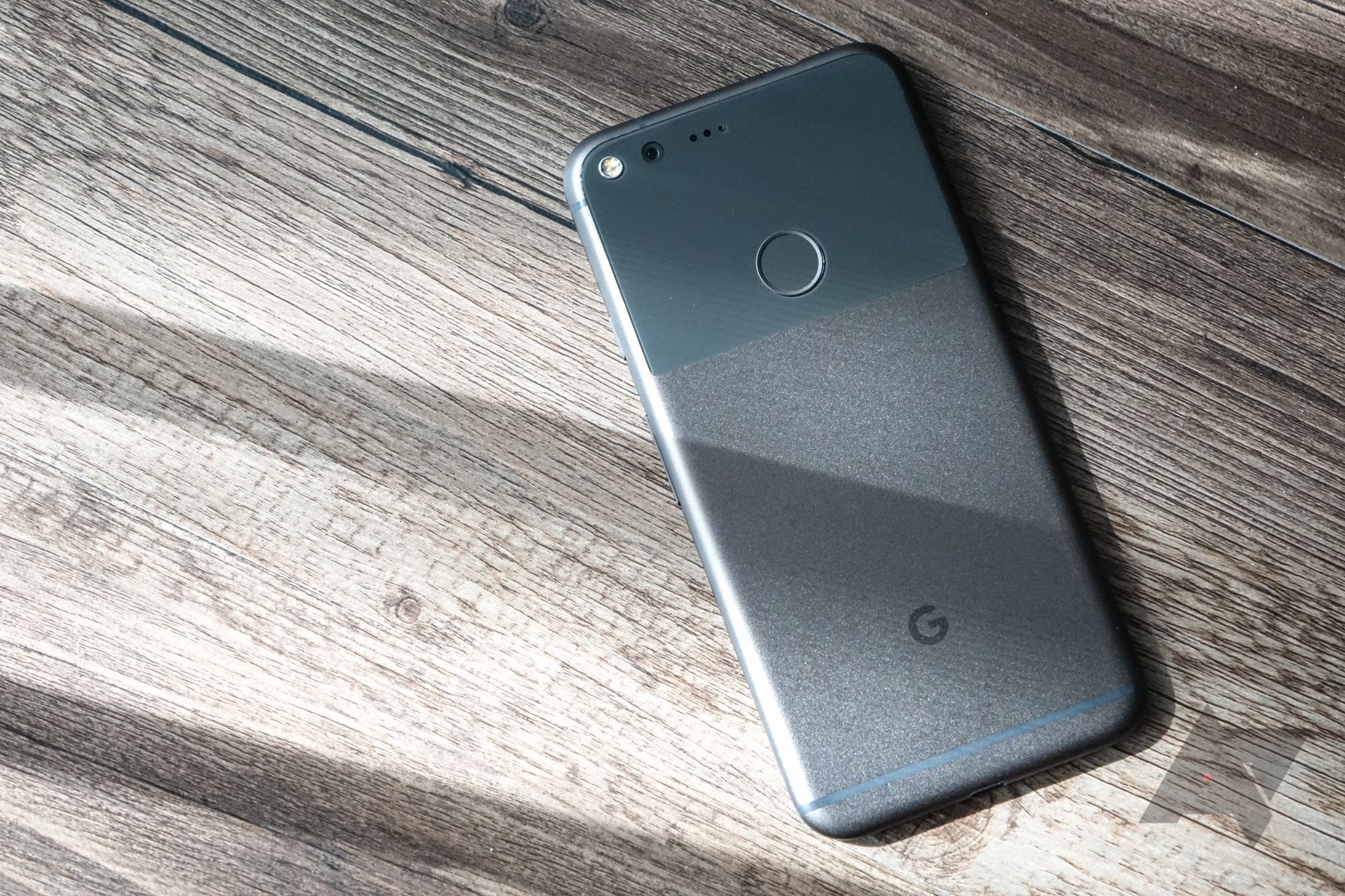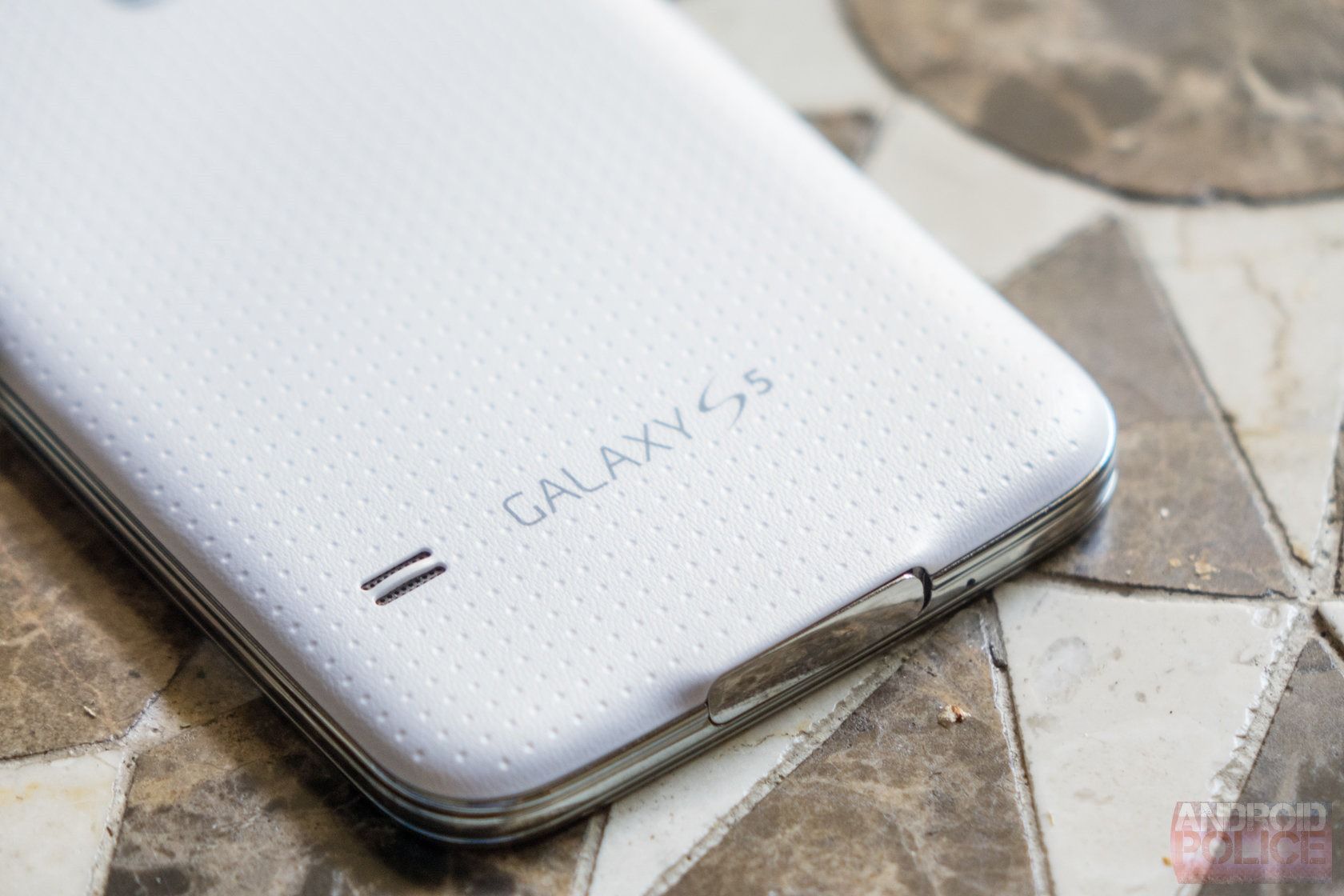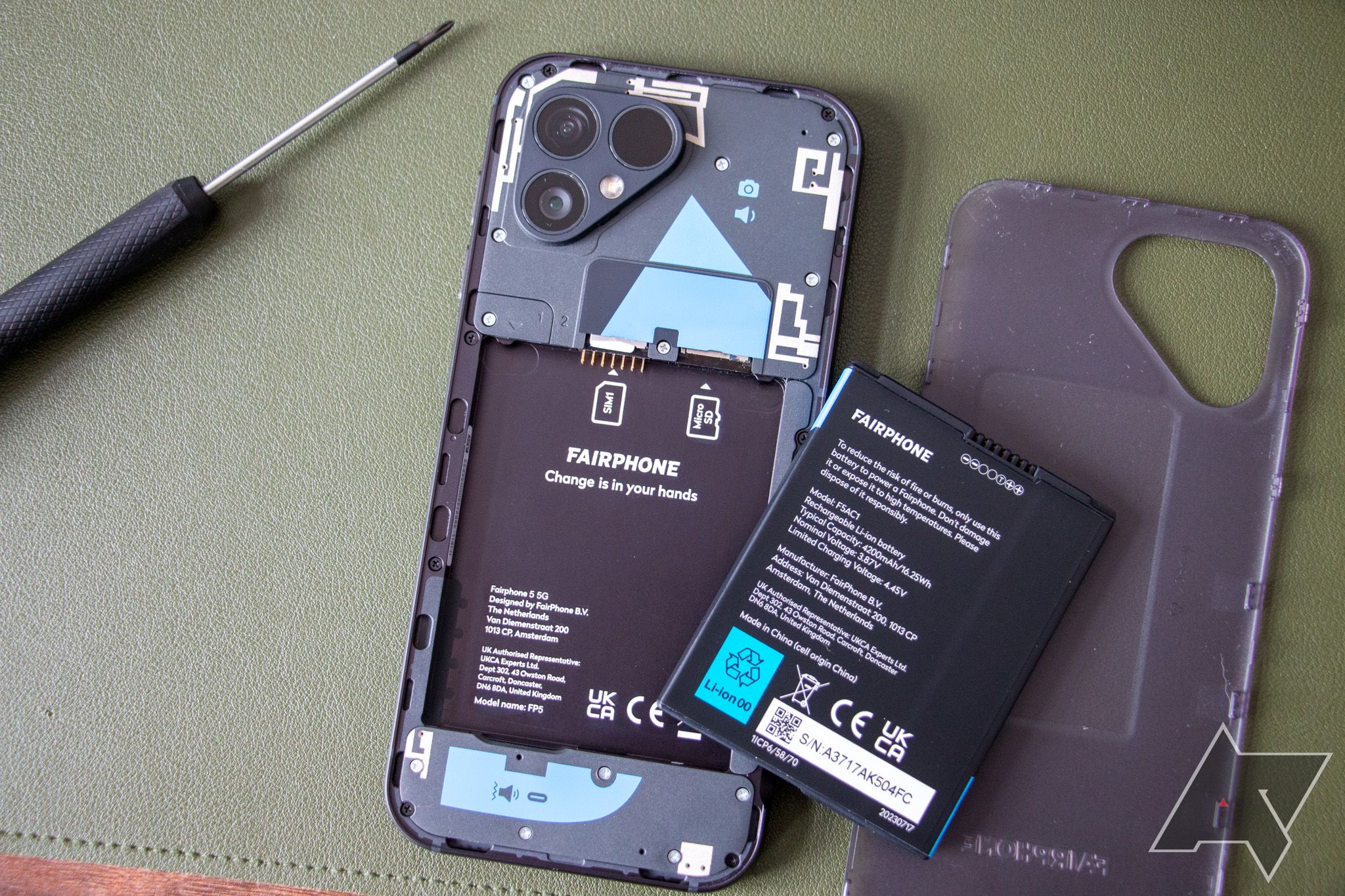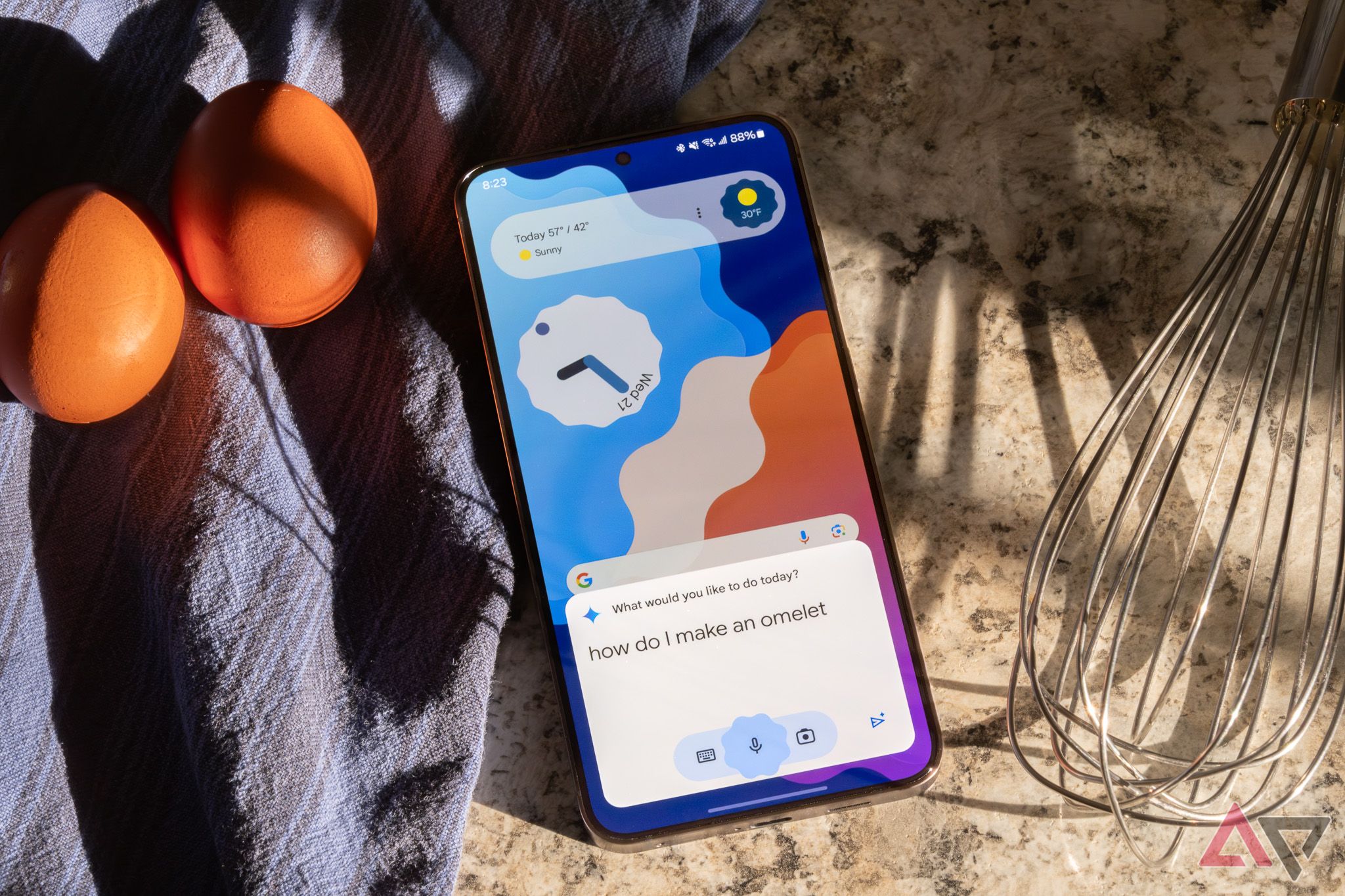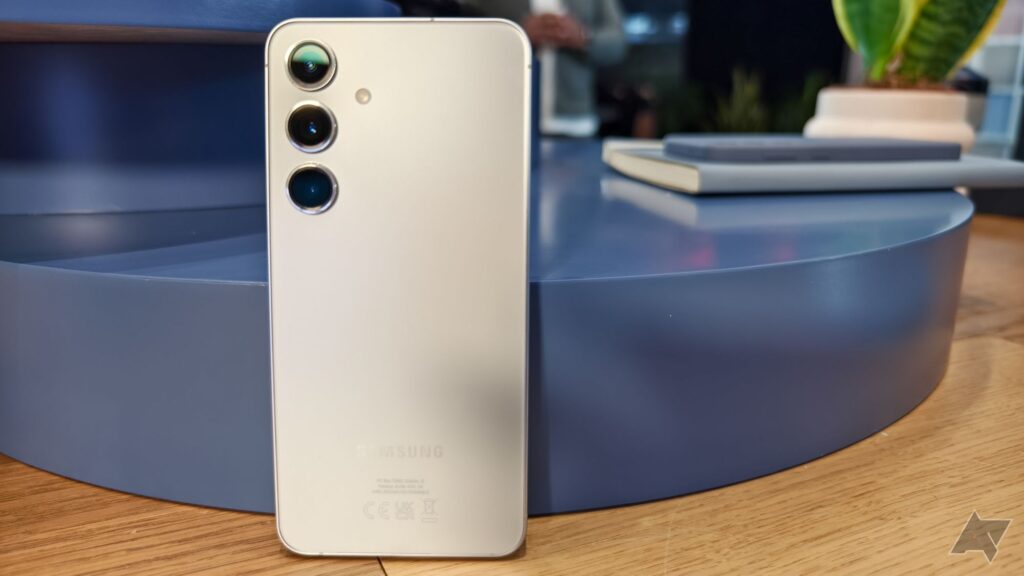The days of groundbreaking changes to slab smartphones are largely behind us, with modern flagships only seeing iterative upgrades each year. And while we’ve seen some important efficiency gains recently, systems-on-a-chip and other critical hardware don’t jump in performance year-on-year.
So it’s not terribly surprising for industry leaders Google and Samsung to increase their flagships’ Android update lifespan to a very impressive sounding seven years. But just how useful will today’s top phones be in a few years, let alone when they reach end-of-life in the early 2030s?
A look back to 2017
Things were different seven years ago
No one could have imagined using a Galaxy Note 8 or Xperia XZ1 Compact for more than a few years when they debuted seven years ago. I hung onto my XZ1C as late as 2022 — there was nothing else like it, and probably never will be again. But the hardware did start to strain under increasingly complex and demanding software after four years.
And what a difference those years made. From 2017 to 2021, then again from 2021 to now, the leading Snapdragon SoCs essentially doubled in benchmark performance. But, given the slowing performance gains, 2028’s top processor might not be such a revolutionary improvement.
2021 flagships’ performance today
While models like 2021’s Galaxy S21 may have aging specs, they still hum along, running Android 14 and demanding apps with no headaches. A flagship of three years ago may not offer 2024-grade blistering speed, but still performs at least as well as or better than many of today’s great midrange phones. And though code bloat is real, ongoing operating system improvements help keep aging devices running smoothly.
The last couple of years have brought about more efficient chips. Lower power draw, more useful capacity, and fewer cycles lead to increased longevity. That’s the biggest hurdle in future-proofing smartphones: how long until battery degradation significantly hurts the user experience?
Battery lifespan and the industry’s evolution
Why smartphone batteries aren’t removable
Planned obsolescence — kneecapping device performance and repairability to force replacement — wasn’t the only reason replaceable battery packs disappeared. Removable batteries require extra shielding to prevent damage, and fixed batteries allowed for slimmer phones.
Users also demanded more durable devices. Samsung’s Galaxy S5 showed it’s possible to design an IP67-rated phone with a removable battery. But if age or damage compromised the rubber strip running around the back panel, the water resistance wouldn’t hold. High-precision screws and tough adhesive layers prove considerably more reliable and long-lasting, but make it nigh-impossible for the average consumer to replace a battery.
How batteries degrade, and how it’s mitigated
Batteries can only discharge and recharge so many times (called cycles) before their capacity starts to drop noticeably. Other than cycle count, things like charging to capacity, discharging below 40%, exposure to high temperatures, or storage at too high of a charge also hurt.
Certain strategies help batteries maintain nominal for as long as possible. Electric vehicles, for example, use grace capacity, leaving uncharged overhead while reporting as 100% charged. Unlike EVs, though, smartphones don’t employ grace capacity, but instead use the entire cell, which harms battery health. Interestingly, when your smartphone’s battery indicator first reaches 100%, it’s not actually fully charged, but will continue to charge until it is.
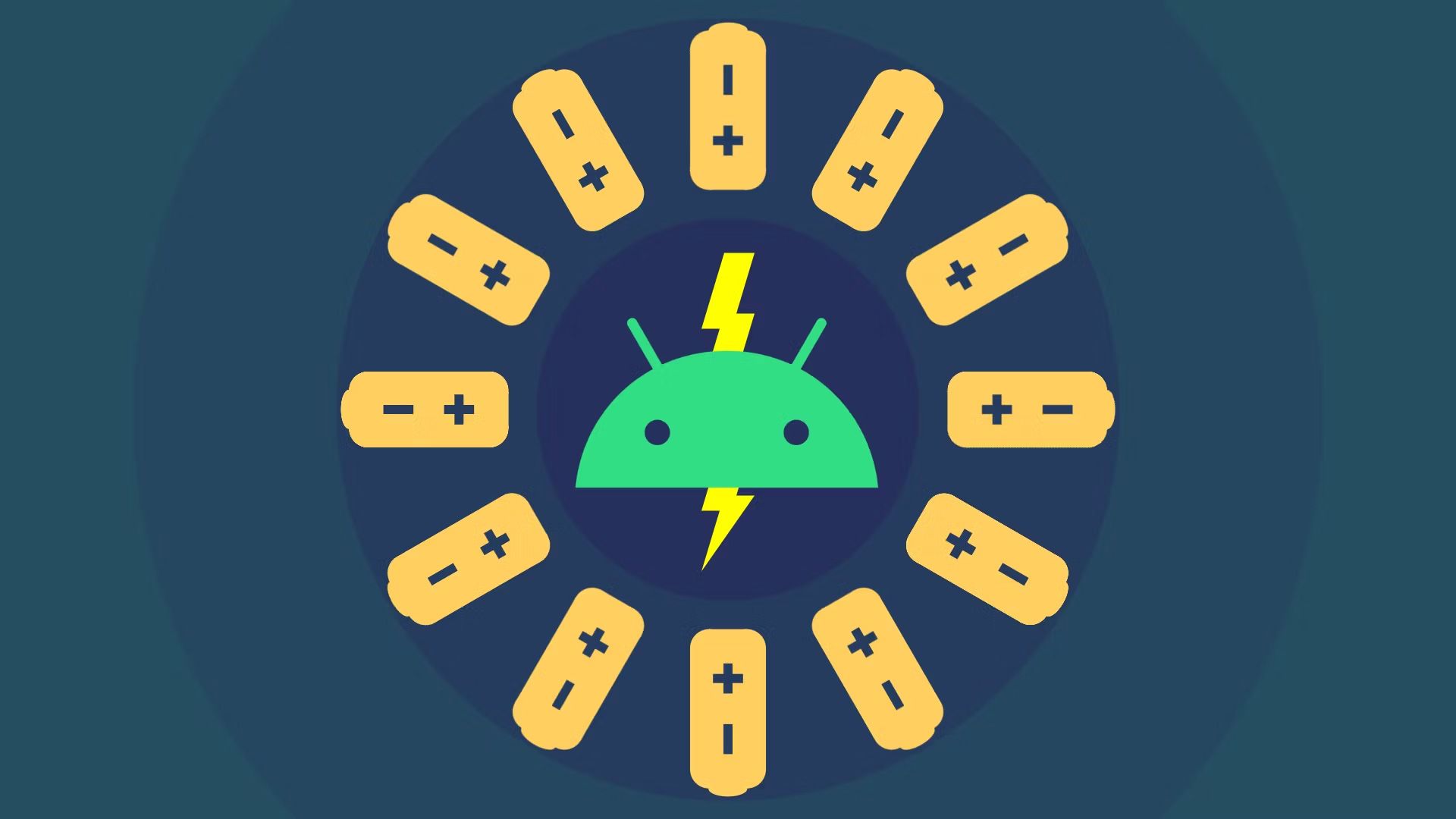
Android 15 could add an iPhone-level battery health menu
Signs of a cycle counter, manufacture date, and more were found in Android 14 QPR2
Smartphone manufacturers also design charging rate algorithms based on capacity and temperatures to regulate wattage and minimize degradation. The Galaxy S24 Ultra only reaches its 45W peak for a short period while charging. Heat sensors also help regulate speeds, which matters with extreme protocol’s like the OnePlus 12’s 100W SuperVOOC standard.
Some phones offer adaptive charging, which slows charging to a crawl to reach 100% only when you need. Some implementations use your set alarms as a guide, but they can also analyze your usage patterns and determine when they should aim to be full on their own. Pixel Adaptive Charging gets a lot of hype, but my old Xperia XZ1C also had it, as does my current iPhone.
But you can’t eliminate battery degradation overall. Apple once infamously throttled old iPhones’ performance to accommodate for decreased capacity and voltage output, a controversy due to Apple’s failure to disclose the action. It may not have been planned obsolescence, but it provides a good example of the problems that come with aging batteries.
Will smartphones ever have removable batteries again?
An important 2023 EU decision decreed that all smartphones will need replaceable batteries by 2027. Manufacturers can’t feasibly design entirely different phones for different markets, so as EU decisions often do, that change will almost certainly affect markets worldwide. The law clearly lays out that consumers shouldn’t need special tools or considerable expertise to swap out an old battery.
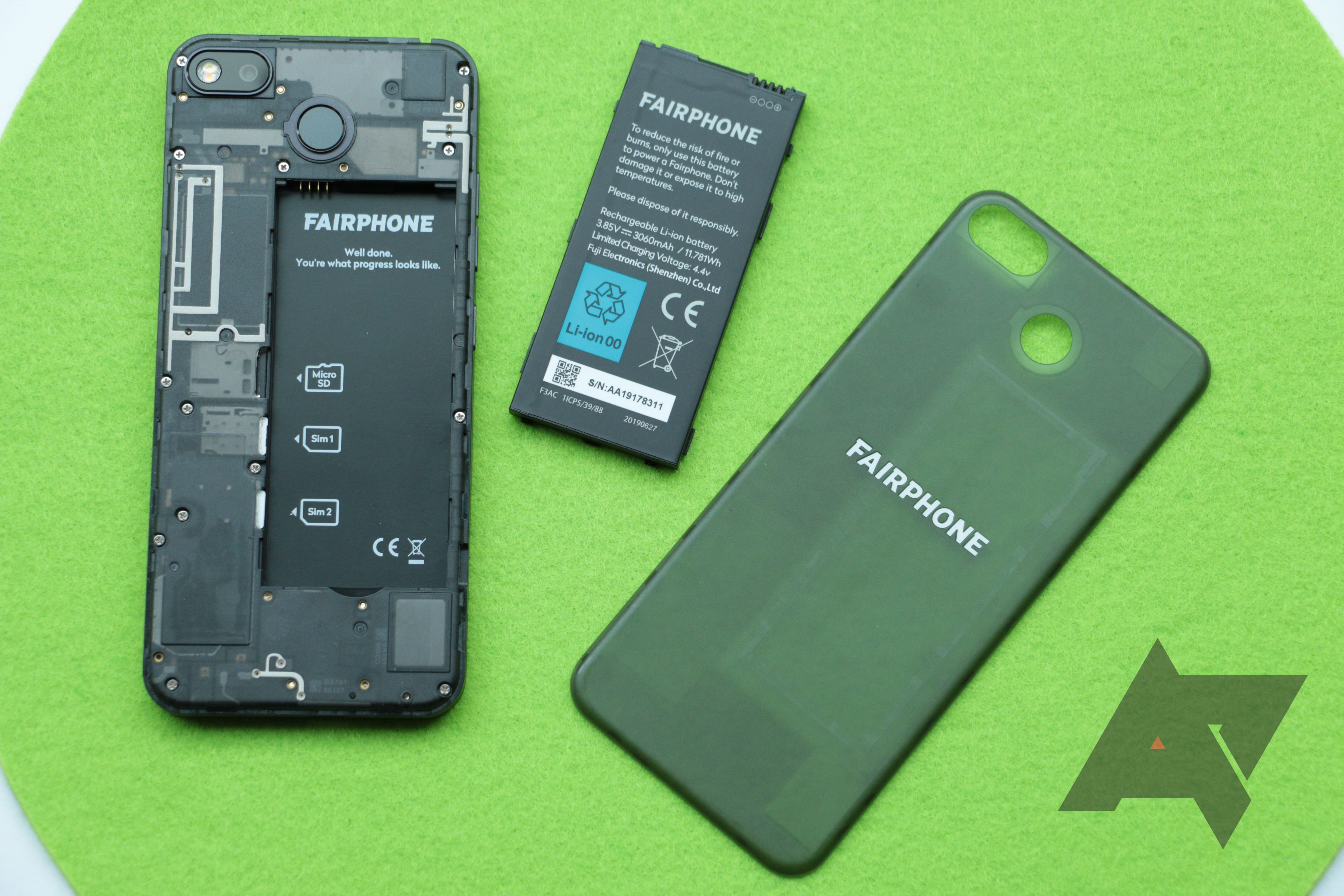
New EU regulation could mean the return of easily replaceable smartphone batteries
EU Parliament has voted to ban the need for special tools to access phone batteries
For now, though, we’re still stuck with the current glued-together state of most phones.
Unless you’re particularly tech-savvy, battery swaps require a technician. Replacement normally costs less than $100, and could bring a 2024 flagship back to near-perfect performance after it can barely hold a charge five years down the line. That’s not much, and looks encouraging for today’s phones’ future viability.
What’s next for smartphones?
It’s hard to imagine revolutionary changes to the current slab smartphone. Cameras, speakers, displays, sensors, and connectivity all perform swimmingly, with little room to grow outside of tweaks to image processing, higher brightness, and other iterative improvements.
Today’s great foldable phones have plenty of room to improve; even the best still sport a visible crease, although materials and hinges have improved greatly since the original Galaxy Z Fold’s failure. Developers also continue to improve dual-screen functionality, with app-friendly outer displays and multitasking-ready inner displays turning these novel handsets into useful hybrids.
Then there’s the secondhand market. The roughly $300 price of a refurbished Galaxy Z Flip 4 makes another strong argument supporting lengthened Android lifespans. After all, cost keeps foldables out of the mainstream more than anything else. If the average consumer can get a refurbished one at the cost of a new midrange phone, but with the benefits of flagship-level performance and battery life, it’s a great sign for the future.
AI: A buzzword, or the future?
Machine learning — AI, if you will — uses complex algorithms and compiled databases to respond to inputs with conversation, photo edits, audio transcription, and more. Marketing for the Pixel 8 family pushes AI features pretty hard; ditto for Galaxy AI in the Samsung Galaxy S24 series.
Some AI tools rely on powerful cloud computing resources accessed via the internet, and could see implementation on devices well after the device’s release. Other AI features rely on the device’s own hardware to crunch numbers at impressive speeds, without taxing the battery too badly. As chip efficiency improves, on-device AI forward-compatibility gets challenging for older devices. But it’s still possible: Samsung’s Instant Slow-Mo will come to the Galaxy S23, another promising argument for long-term Android support.
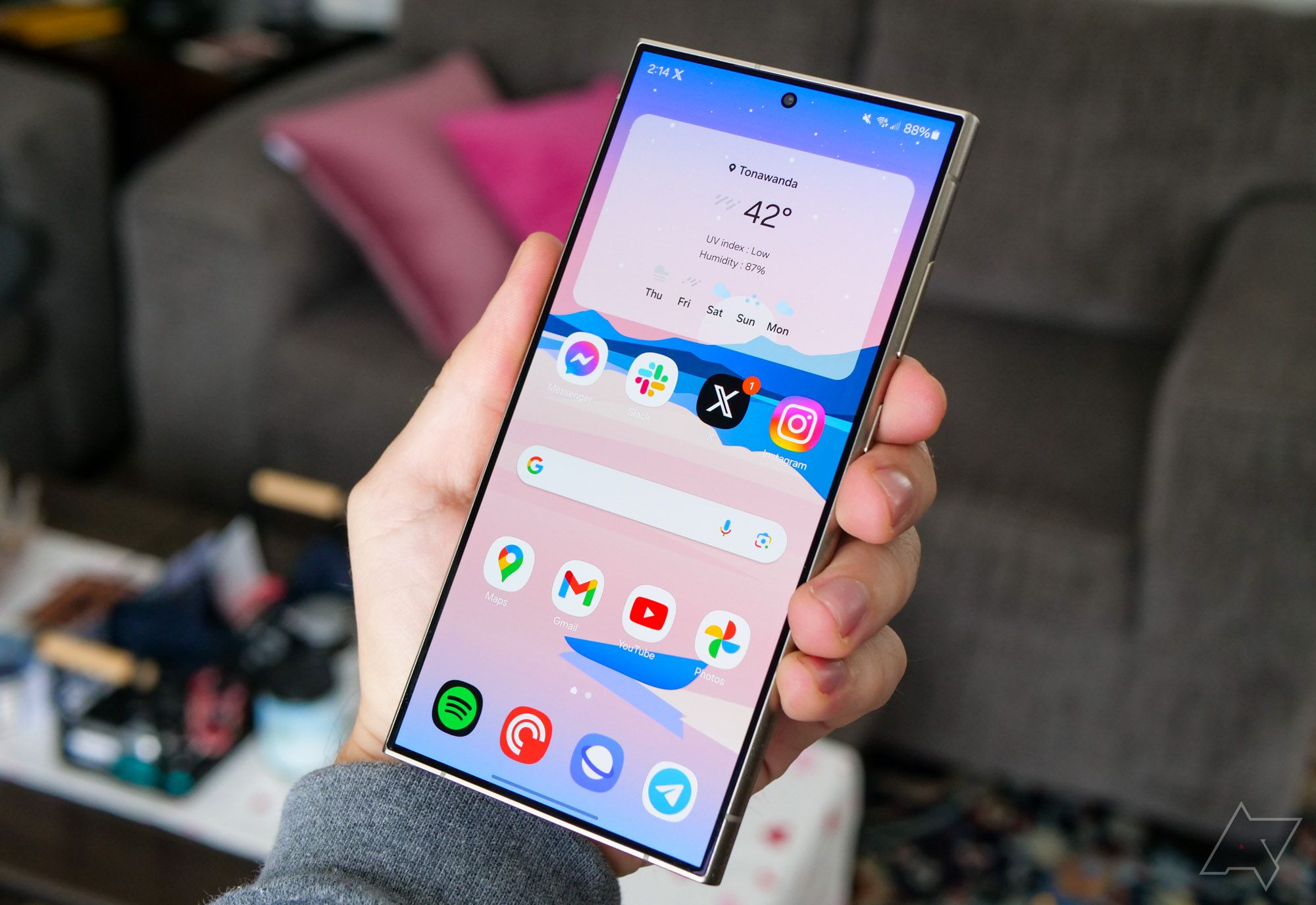
Seven years of Android updates doesn’t mean you’ll get the latest features
Android version updates? Sure…but what does that actually get you?
But it’s not all rosy. Apple continues bringing iOS updates to iPhones several years old, but each update excludes an increasing number of aging devices from certain features. Some software advancements will inevitably leave aging flagships behind, especially when they require the most powerful chips or novel sensors. Nonetheless, some features are better than none, and it’s important that Android manufacturers now compete with Apple in long-term support.
Is a 7-year Android update promise worth it?
People have replaced their phones roughly every 2.5 years over the last decade. Plenty of power users and tech aficionados will always get the latest and greatest flagship, funneling more devices into the secondhand market.
Today, midrange phones like the Galaxy A54 notably outperform 2021 flagships in raw power and efficiency, but that should change three or four years from now. And while some users demand blazing speed and cutting-edge features, most people are OK with competent performance, reliable cameras, and secure, bug-free software.
The former camp might not care about increased lifespans because it won’t directly affect them. But those who value affordability and consistency over cutting-edge specs and novel machine-learning tools have a lot to look forward to. Materials and build quality are at an all-time high, as is the selection and quality of accessories. A quick battery service thwarts the biggest obstacle between a flagship and long-term viability. Things look pretty good for the future.
Google and Samsung led the way with their long-term Android promises, and more manufacturers may well follow suit. In the long run, consumers win, as a booming secondhand market gives cost-conscious buyers access to high-end smartphones and all the functionality they offer.
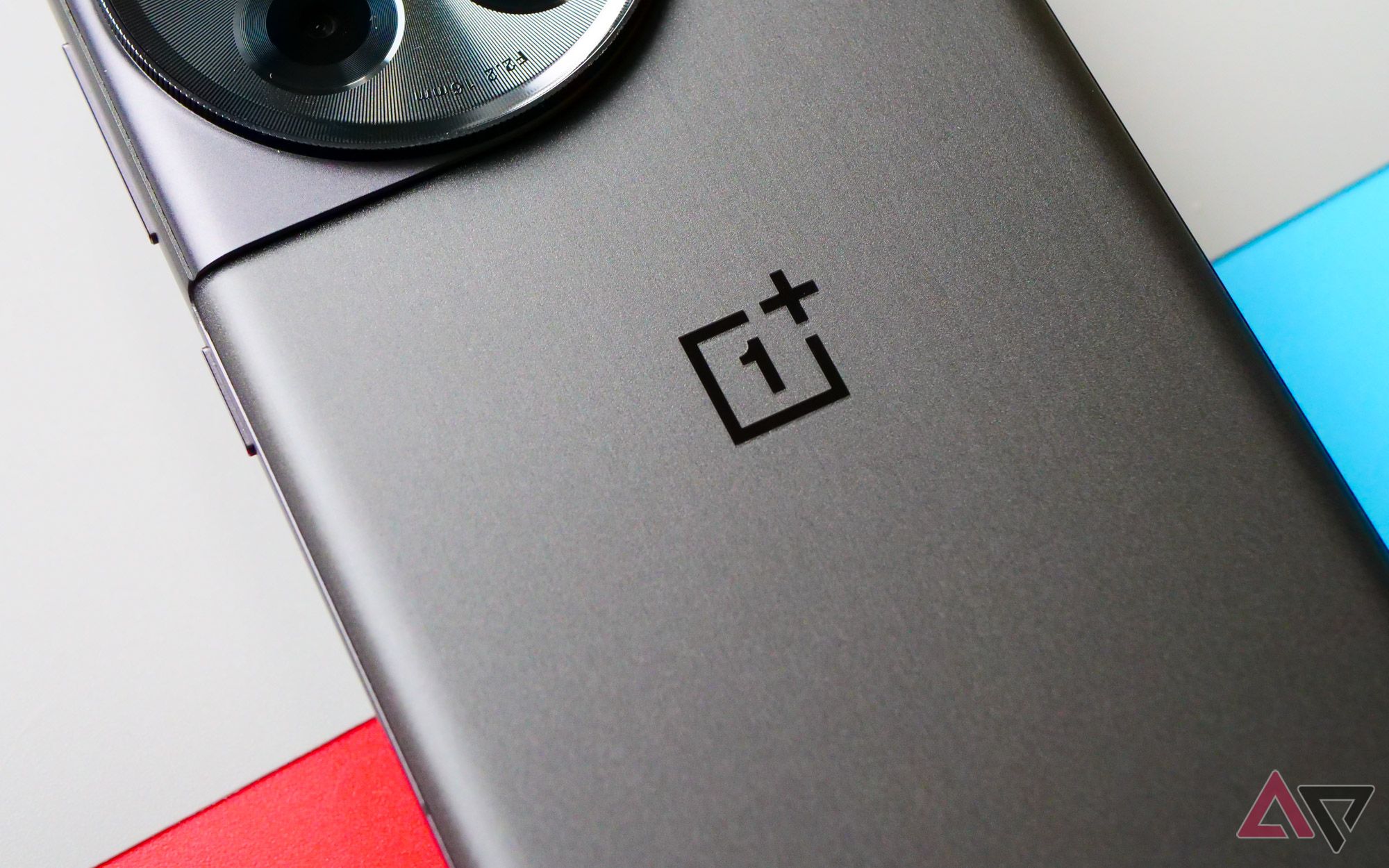
OnePlus compares seven years of OS updates to a moldy sandwich
The company has also received some “nutrition advice” from Fairphone’s co-founder
